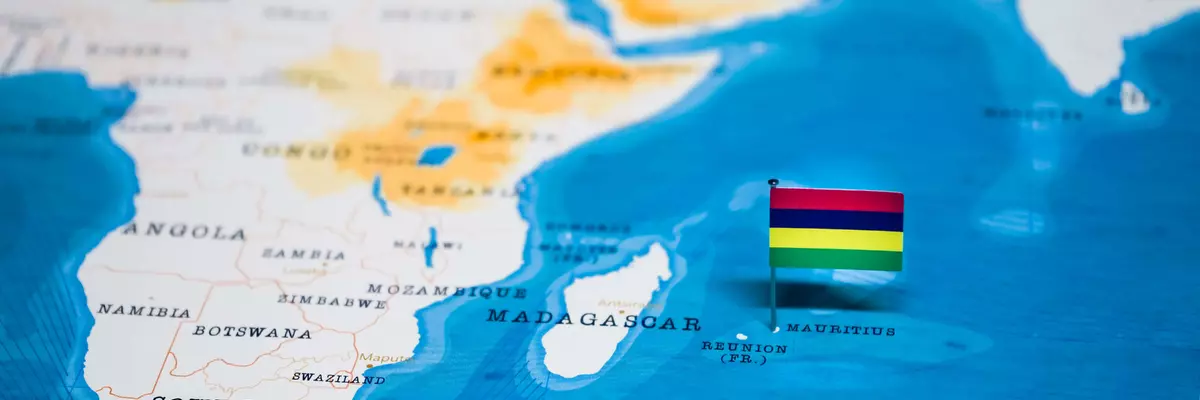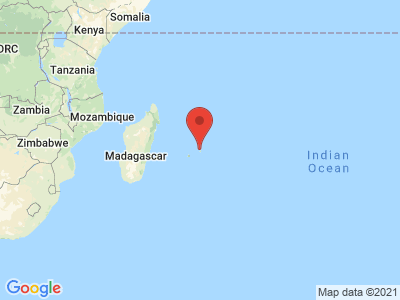Climate Table Mauritius
Jan | Feb | Mar | Apr | May | Jun | Jul | Aug | Sep | Oct | Nov | Dec | |
|---|---|---|---|---|---|---|---|---|---|---|---|---|
| Max. Temperature | 29° | 29° | 29° | 28° | 27° | 25° | 24° | 24° | 25° | 26° | 28° | 29° |
| Min. Temperature | 23° | 23° | 23° | 22° | 20° | 18° | 18° | 18° | 18° | 19° | 20° | 22° |
| Sun Hours | 8 | 8 | 7 | 6 | 6 | 6 | 6 | 6 | 7 | 8 | 8 | 8 |
| Water Temperature | 27° | 27° | 27° | 27° | 25° | 24° | 23° | 22° | 23° | 23° | 24° | 25° |
| Rain Days | 16 | 16 | 17 | 17 | 14 | 14 | 18 | 14 | 10 | 11 | 9 | 13 |
The climate year of Mauritius
Mauritius has a microclimate; the regional differences in temperature, wind strength and precipitation are enormous. The most obvious difference is between east and west: the east coast is under the direct influence of the steady south-east trade winds, and the west is predominantly windless and dry, as it lies in the shadow of the mountains. The north of Mauritius is warm, with low rainfall and flat terrain. The higher elevation center of the island around Curepipe are often submerged in fog or rain clouds and cooler. Mauritius consists of two larger islands and several smaller ones. The main island of Mauritius is the largest island and is home to the capital city of Port Louis. Mauritius has a volcanic origin and is located on the African Plate. Due to the volcanism the island state consists mainly of basalt. The highest mountain is 828 meters in the Black River mountain range; the Piton de la Petite Rivière Noire. In the Moka-Port-Louis chain follow the Pieter Both with 820 meters and the Le Pouce with 811 meters.
General information about Mauritius
Mauritius offers paradisiacal beaches, palm trees with coconuts and a dreamlike underwater world. The offshore coral reefs protect the island from high waves, so that the bathing beaches are only exposed to moderate surf. For water sports enthusiasts, Le Morne in the southwest is one of the windiest spots in the world and is becoming increasingly popular. Those who like it less windy seek out the enchanting bays of Mauritius in the north with their shimmering turquoise lagoons. High flower hedges and colorful cottages between tropical gardens with hibiscus and orchids provide a relaxed vacation flair. The center of the island attracts with green plains, palm forests and sugar cane and pineapple plantations. A culinary experience is a rum tasting at the Rhumerie de Chamarel, where visitors can sample rum with exotic flavors. For adventurers and nature lovers, the zipline trail above the high mountains of Chazal in the south is recommended. For two kilometers, the green gorges can be admired from heights of up to 42 meters. If you want to go even higher, you can discover Mauritius and its beautiful lagoons from an ultra-light aircraft. Also ravishing is the Seven Colored Earth at Chamarel, which shimmers from ochre to green and red to purple. For hikers, the trails through the Macchabée Tropical Forest in Black River Gorges National Park are ideal, where the exotic flora and fauna enchant the senses.
Tourism Mauritius
Mauritius is located near the equator. The prevailing climate is tropically warm; Mauritius is characterized by the trade winds blowing from the southeast all year round. Temperature differences between summer and winter are marginal; regional differences are greater due to the microclimate. Over a wide area, the weather conditions of the island state are constant. It is warmest and wettest in the months from November to April. The rainy season also falls during this period, with December and January recording the highest rainfall and warmest temperatures. Water temperatures are also slightly higher than in the other months and travelers enjoy about two more hours of sunshine per day. May through October is the cooler and drier season, the Mauritian winter. Water temperatures are slightly lower than in summer, and the number of sunshine hours decreases by one to two. The months of June, July and August have the least amount of rainfall and the lowest temperatures.


